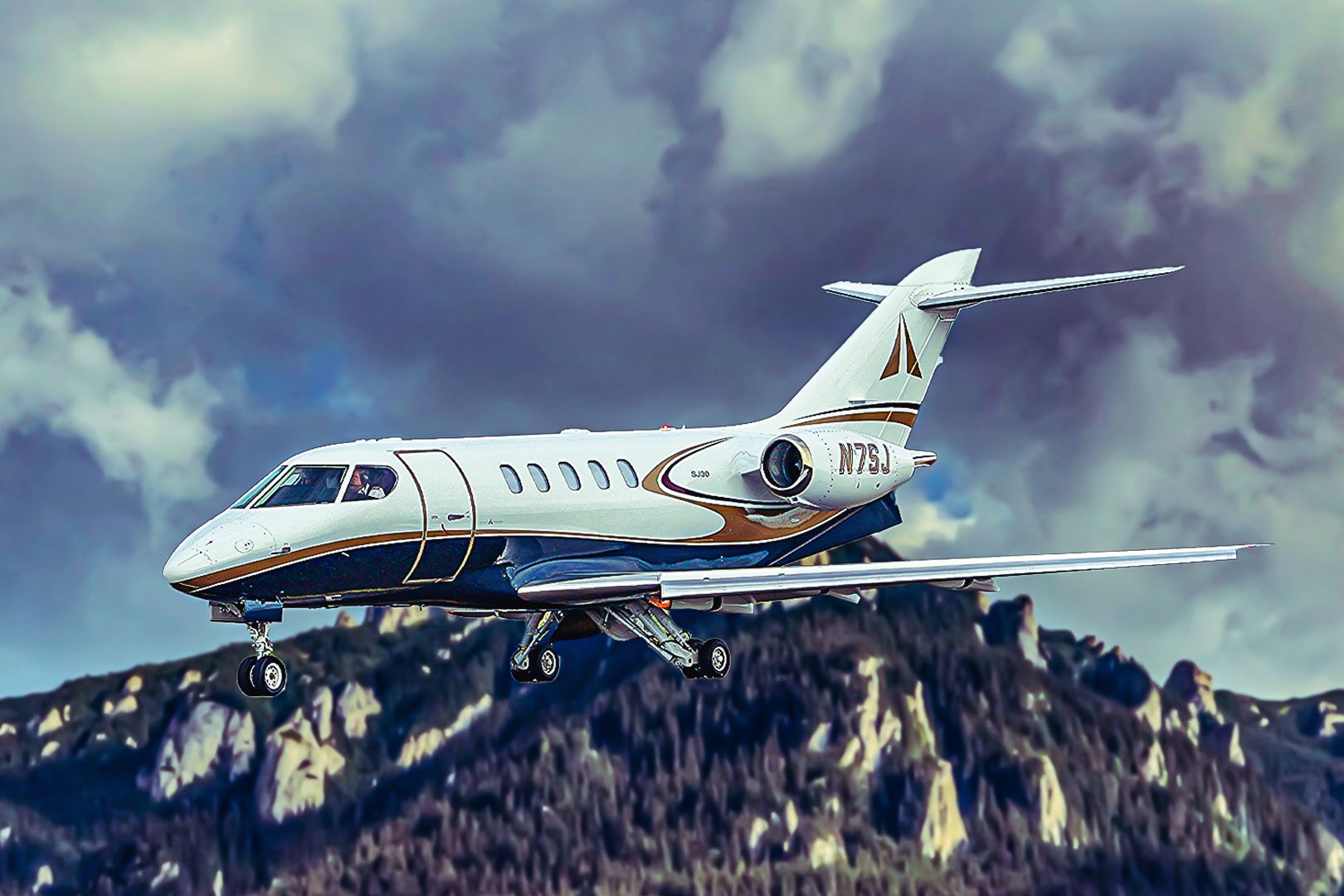Summary Morgan Freeman owns a unique SJ30 private jet. SJ30 development was stalled and taken over by various companies until SyberJet rebranded for production Freeman could also consider the Cessna Citation X or Pilatus PC24 as alternatives should he want to change aircraft. Morgan Freeman is a very famous American film producer and actor, so as part of his job, he needs to travel across the US and even around the world to attend various movie sets, awards, and seminars.
Like many VIPs who value privacy and efficiency, Mr Freeman owns a private jet—let's take a deep dive into his light jet . A very unique jet : The SJ30 When people think about private jets, especially connoisseurs, we automatically think about Gulfstreams, Dassaults, or Bombardiers. Morgan Freeman does not own one of those "famous" jets; instead, he opted for a more unique kind of jet.

The SJ30 , designed by Ed Swearingen and manufactured by SyberJet, is a light business jet produced by the American company SyberJet Aircraft. In October 1986, Ed Swearingen unveiled the new design for a 6—to 8-person aircraft powered by two Williams FJ44 turbofans. An aircraft plagued by troubled development Gulfstream Aerospace initially supported the SJ-30 from October 1988 until the Jaffe Group assumed control in September 1989.
The first SJ-30 took to the skies on February 13, 1991; development, unfortunately, was paused afterward. The Taiwan-based Sino Swearingen Aircraft Corporation rescued the program. The jet was stretched by 4.
3 ft (1.3 m) into the SJ30-2, with a wingspan increased by six feet (1.8 m).
It then changed hands again and was sold to Dubai investors in the early 2000s. On April 7, 2011, the assets were sold to Metalcraft Technologies, the supplier of its aft fuselage. Subsequently, the company was renamed SyberJet Aircraft with plans to recommence production in 2019.
Following enhancements to its avionics and interior, the SJ30i completed its inaugural flight on October 9, 2019. Key performance characteristics of the aircraft The SJ30 is certified to be operated by either one or two pilots. It is designed to accommodate up to 7 occupants, including the crew.
It has a length of 46.8 feet, a wingspan of 42.3 feet, and a height of 14.
2 feet. The aircraft's empty weight is 8,917 pounds, while the maximum takeoff weight is 13,950 pounds. Heading inside, the cabin has a height of 4.
4 feet and a width of 4.8 feet. This is a small aircraft, but by no means cramped.
Turning our attention to the engines, the SJ30 is powered by two Williams International FJ44-2A turbofan engines, each producing 2,300 pounds of thrust. In terms of performance, the SJ30 boasts a maximum speed of 486 knots, and while the range doesn't make it capable of long-haul travel, with only 2,500 nautical miles, it is perfect for regional travel and can go further if owners factor in some fuel stops. Technology in the cockpit This private jet has all the modern comforts a pilot can expect with the advanced Honeywell Primus Epic 2.
0 avionics suite. This brings the jet to cockpit technologies similar to the Pilatus PC24, which is similar to the one Mr Freeman operates. As per Honeywel l, the suite features four 12-inch high-performance color liquid crystal displays (LCD), which are the fundamental platform for the pilot's interaction and engagement with ACE's wide range of functions and features.
The displays effectively and intuitively present synoptic information, while the information organization provides adaptable window views, charts, maps, and comprehensive aircraft system details for enhanced viewing and comprehension. The layout of the four displays promotes effective crew resource management (CRM). Tactical information is displayed on the pilots' primary flight display (PFD), and strategic information—encompassing systems and situational awareness—is presented on the center multi-function displays.
The supersonic aircraft is due to take its first flight by 2027. Some issues Morgan Freeman faced In 2015, as reported by Private Jet Clubs, Morgan Freeman's private jet experienced a forced landing in Clarksdale, Mississippi. The incident occurred when a tire detached from the aircraft during takeoff, necessitating an emergency landing on the apron.
Back then, the actor told the private jet website, "Sometimes things don't go as planned, and a tire blew on takeoff, which caused other problems. But thanks to my excellent pilot, Jimmy Hobson, we landed safely without a scratch." What other aircraft could he consider? Should Morgan Freeman be disappointed with his long-range light jet, he has a few options I think he should consider.
The Cessna Citation X Although this aircraft is no longer in production, Moran has expressed interest in acquiring a fast, light jet with considerable range. Despite being pre-owned, this particular jet is well-suited for the actor. According to Global Air , it boasts a range of 2890 nautical miles in standard operations, slightly surpassing the SJ30.
Additionally, it maintains a notable normal cruise speed of 525 knots. According to Controller , the cheapest Citation X currently available is $3,495,000. As the aircraft isn't manufactured anymore, there's no definite stamp on the costs of a Citation X+.
The Pilatus PC24 This Pilatus's Pilatus requires a 3,090-foot takeoff distance. Its maximum cruise speed is 440 knots. One of its unique features is the possibility of landing on a short runway, which is particularly useful for rural areas.
It can come in particularly handy since an actor may sometimes need to travel to remote communities for a movie shoot. According to Evojets , the Pilatus PC12 would cost between $8.5 and $9.
5 million, depending on the options selected. Some interesting thoughts. Given Freeman's notoriety, what is surprising is that he does not own a large jet, like a Dassault Falcon or Bombardier Global.
This limits where the actor can fly in one go, but with that being said, he could also call in the services of charter airlines like Vistajet on an ad-hoc basis, and this would, of course, not be disclosed, as it is one of the critical advantages of flying.



















